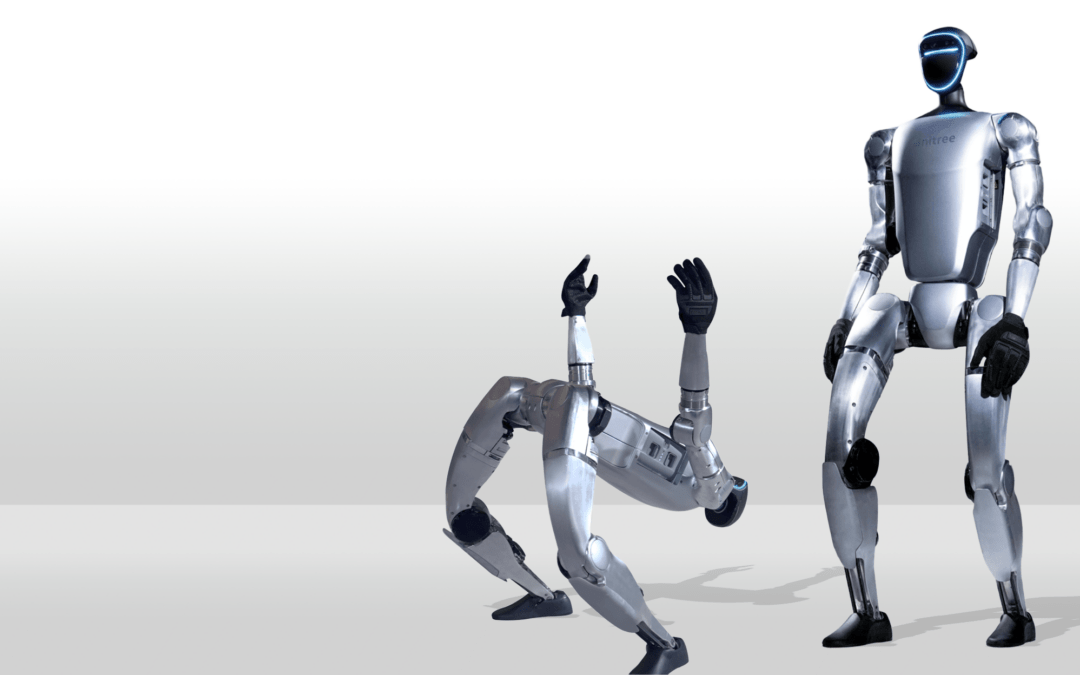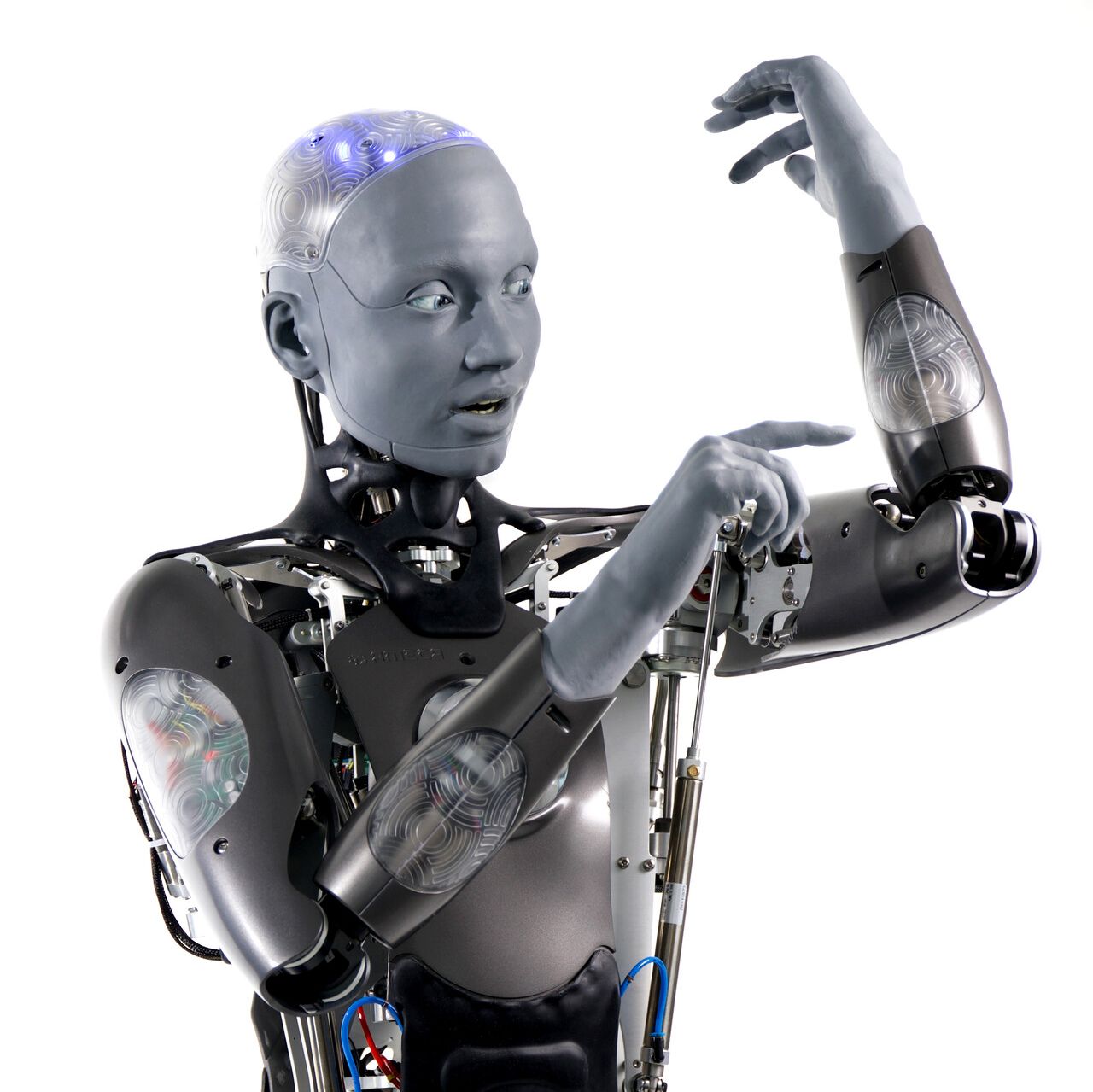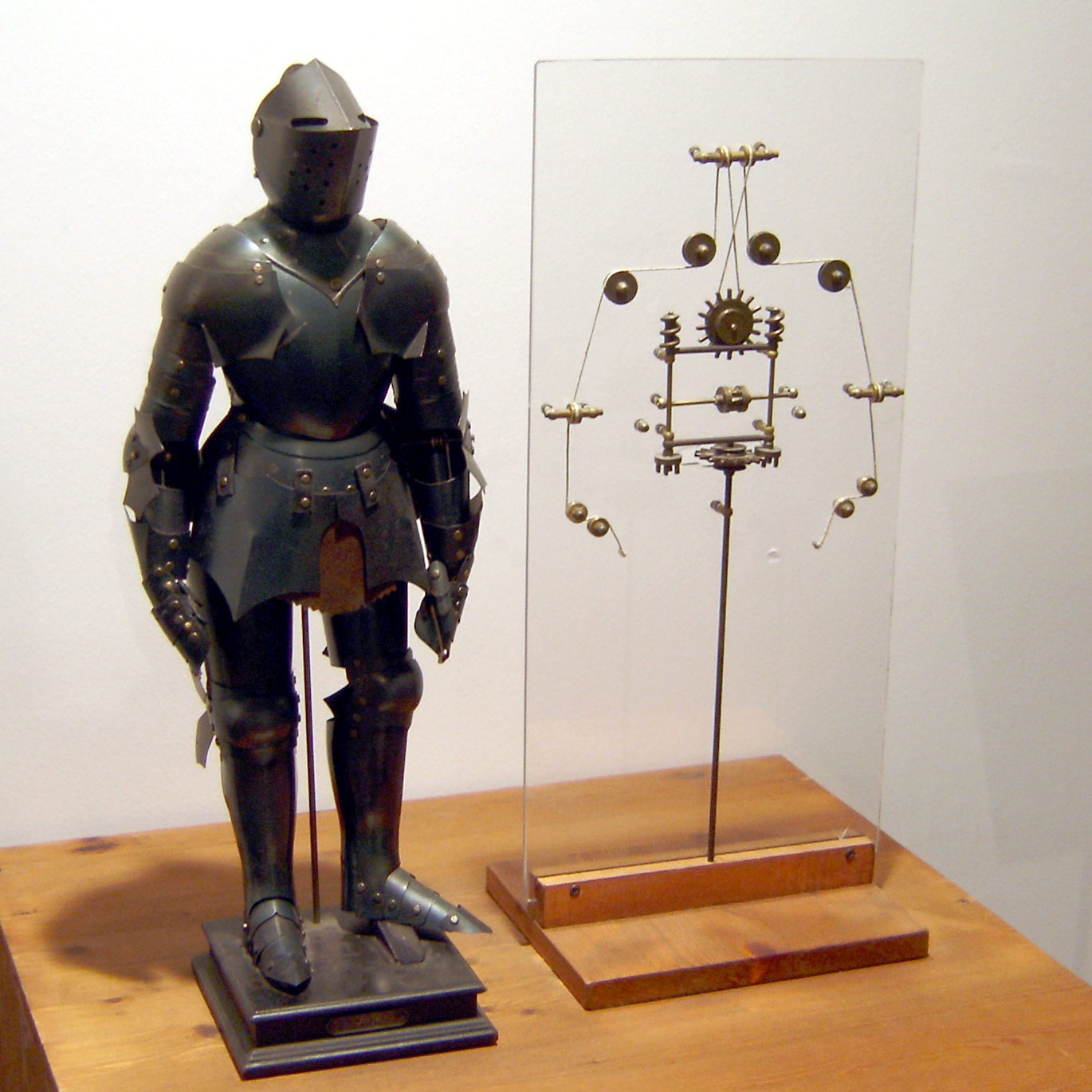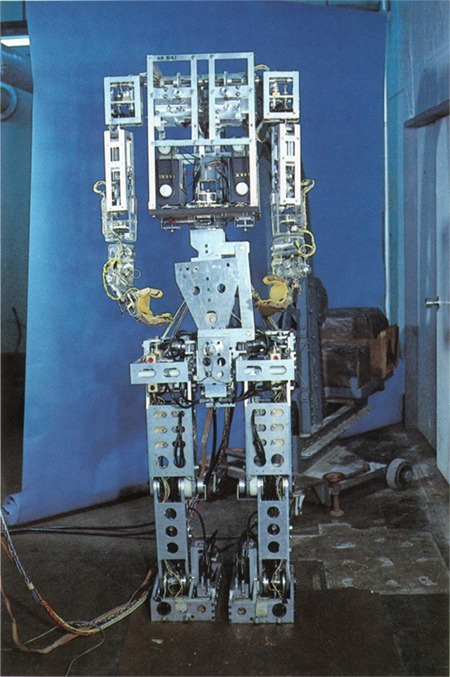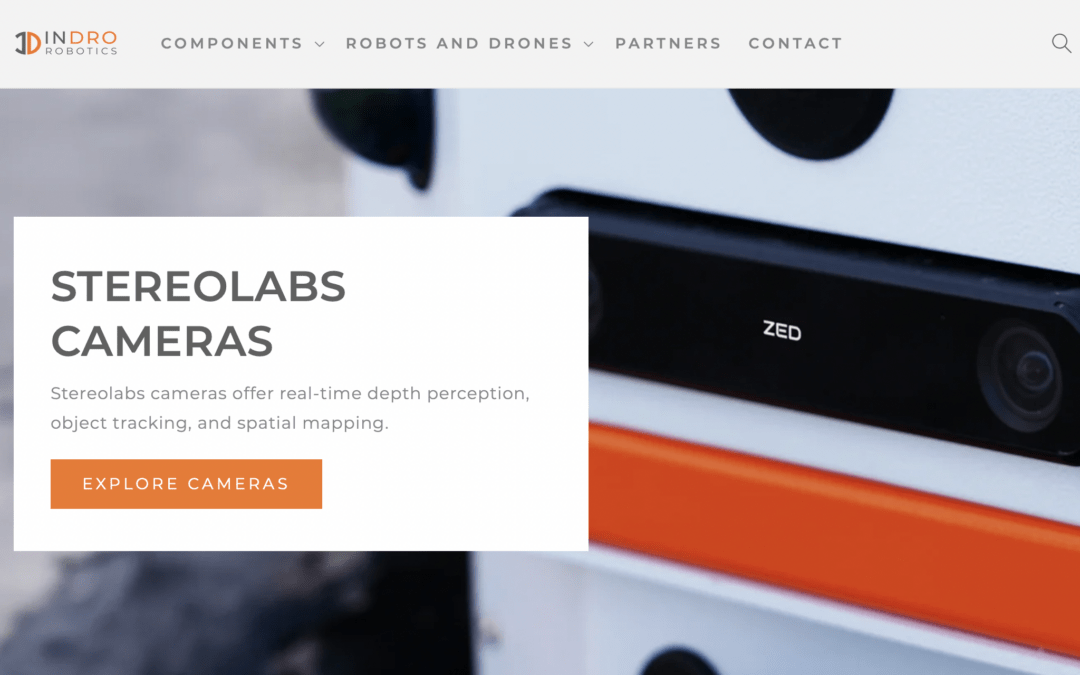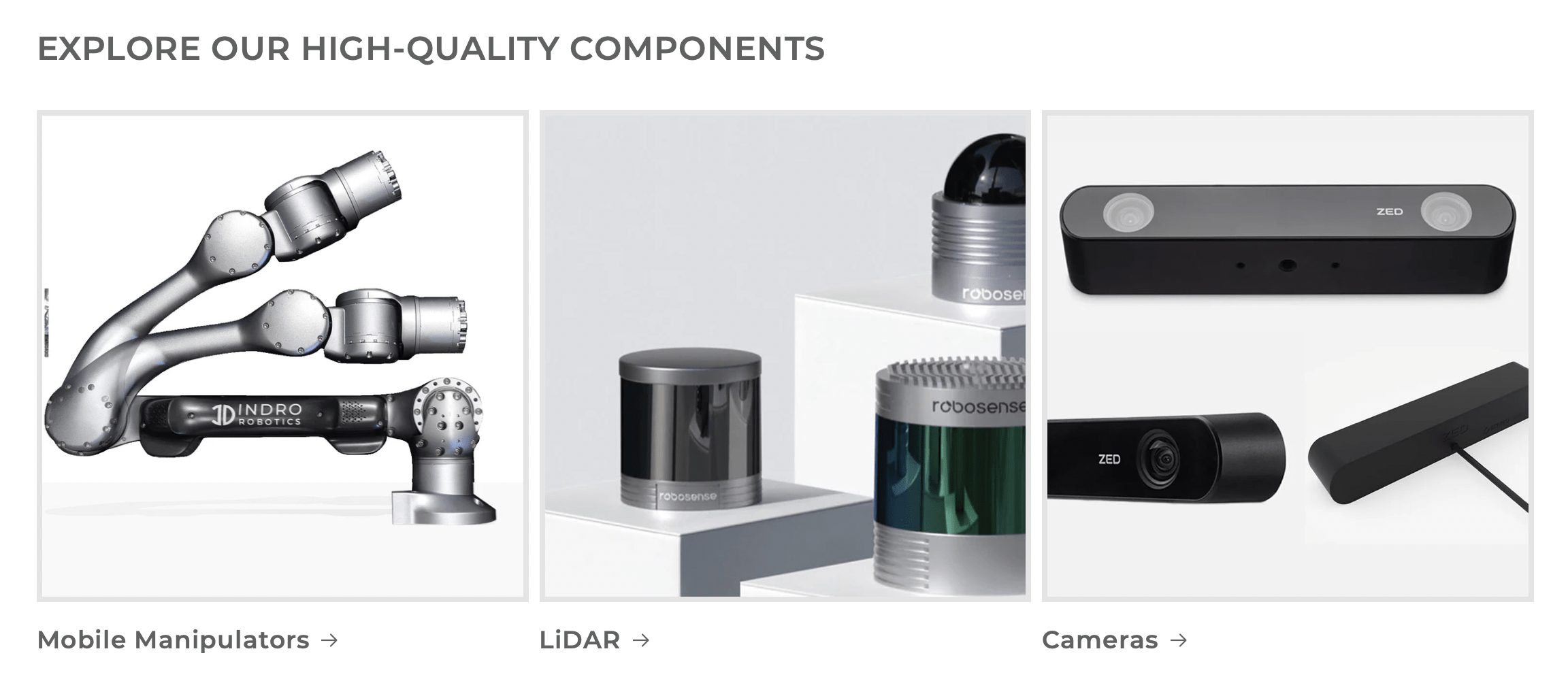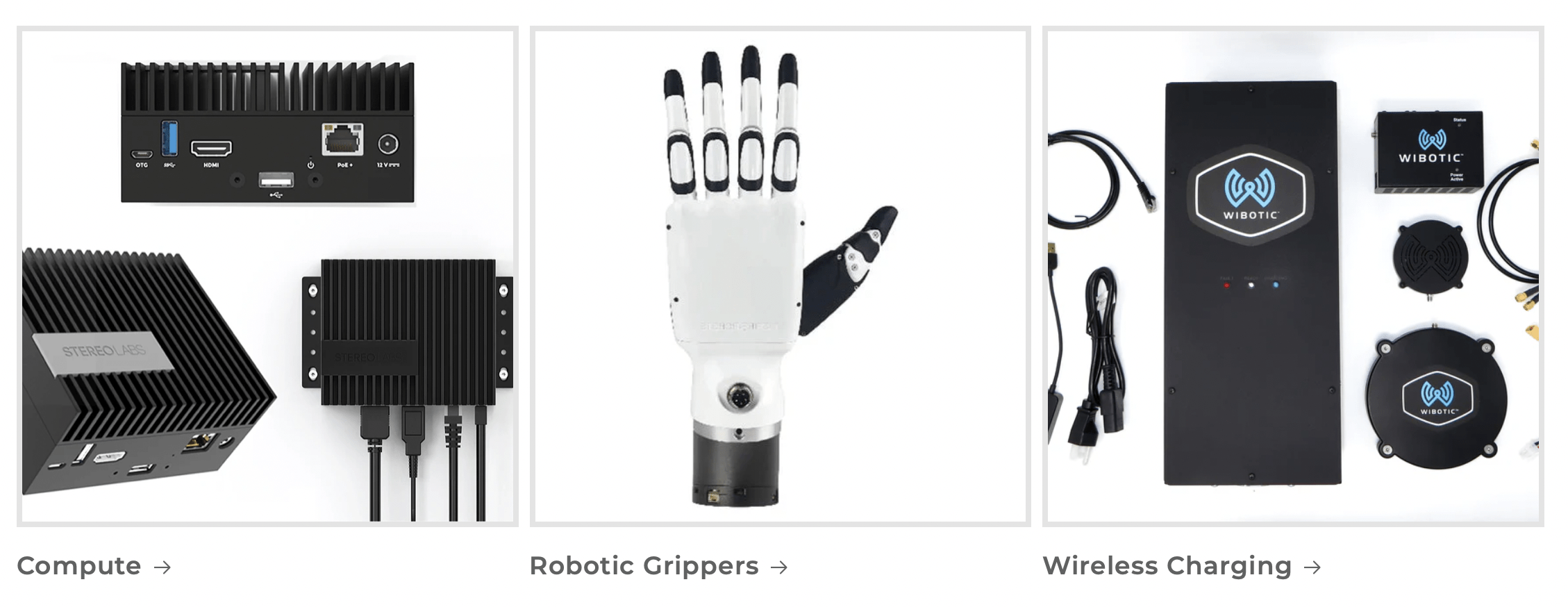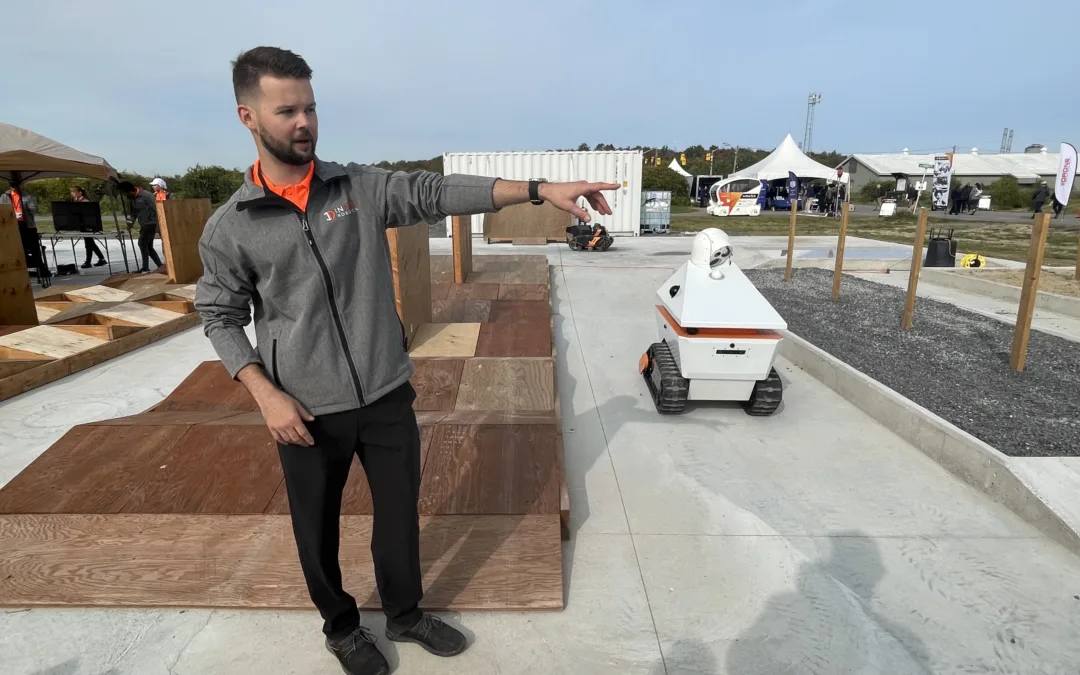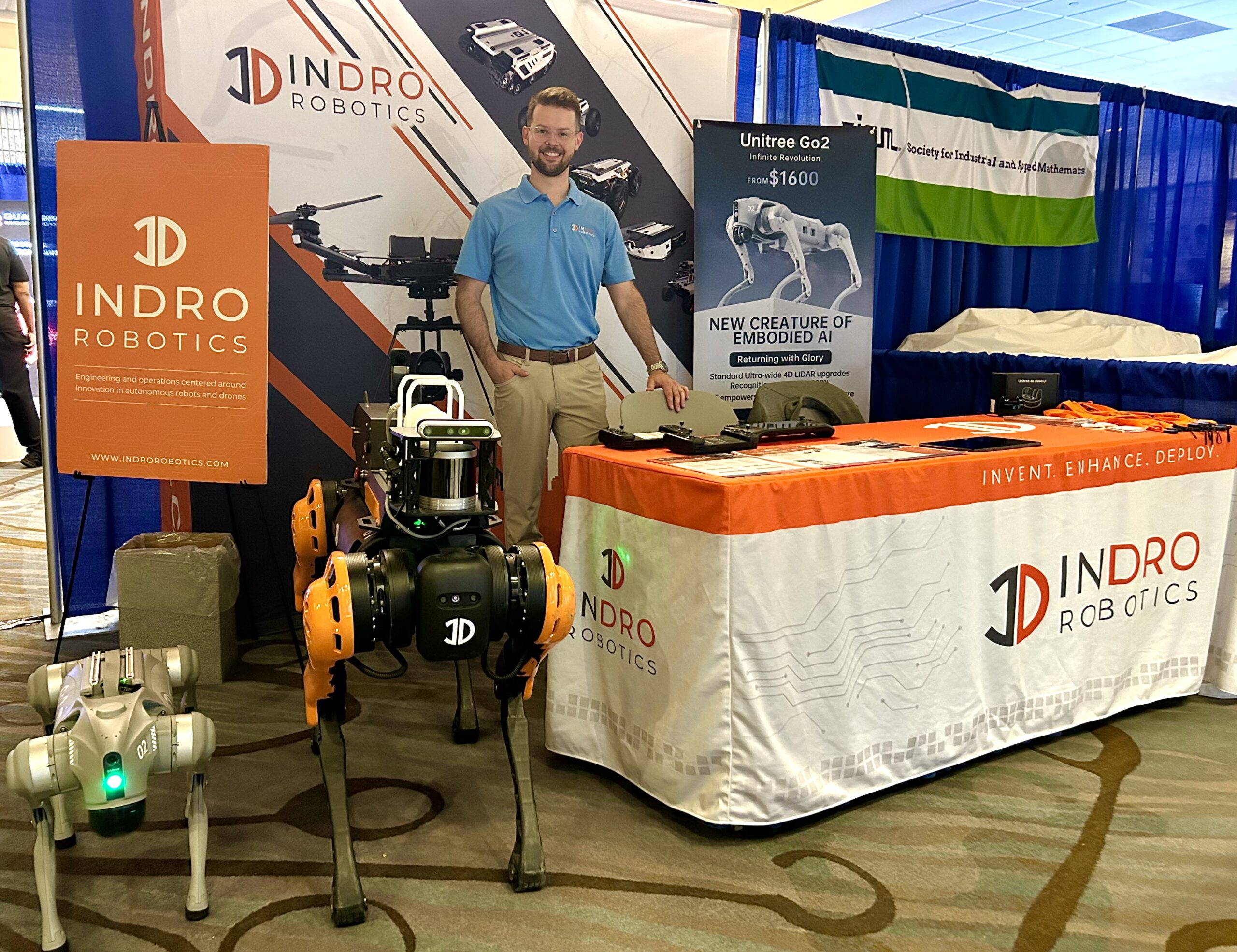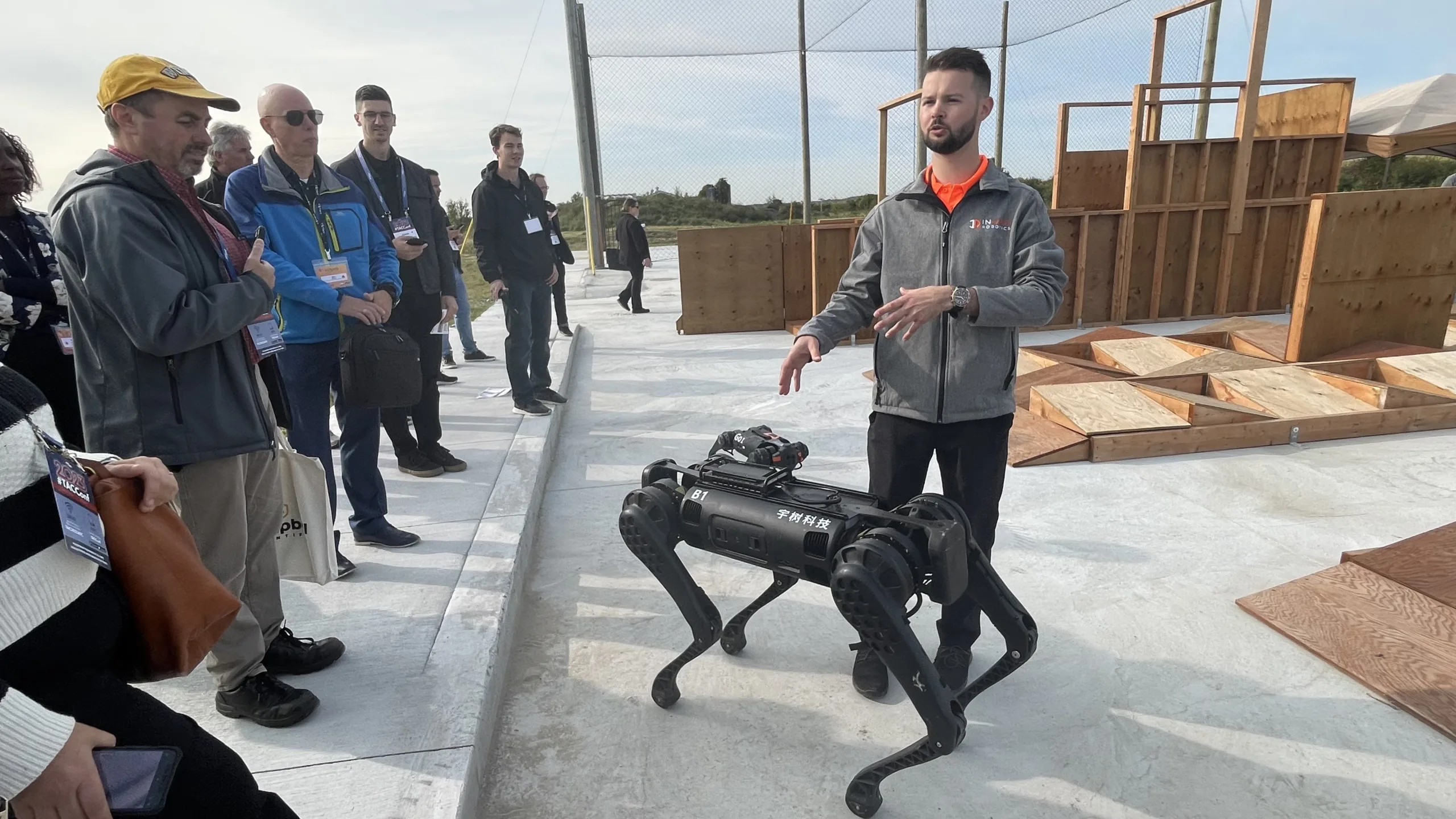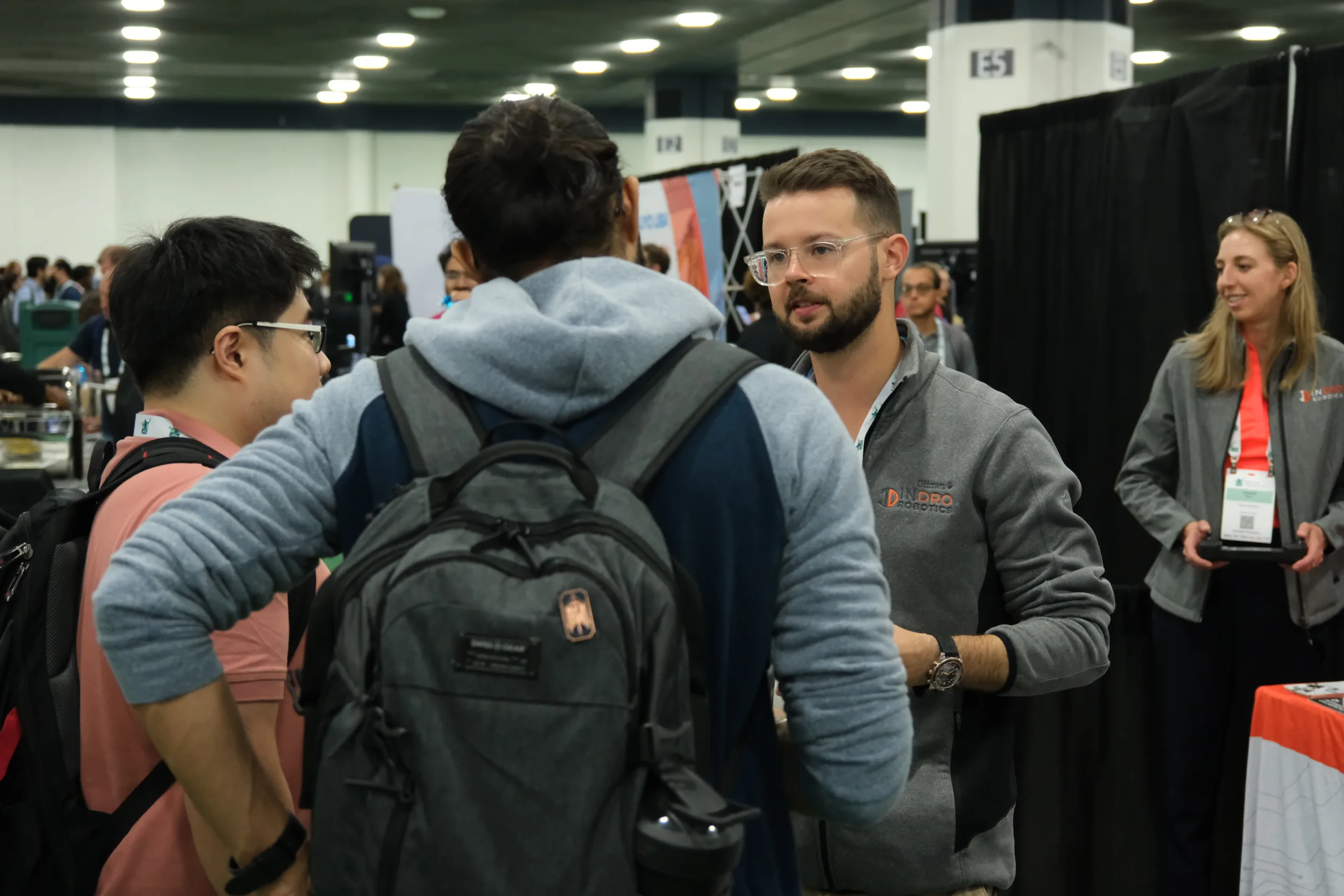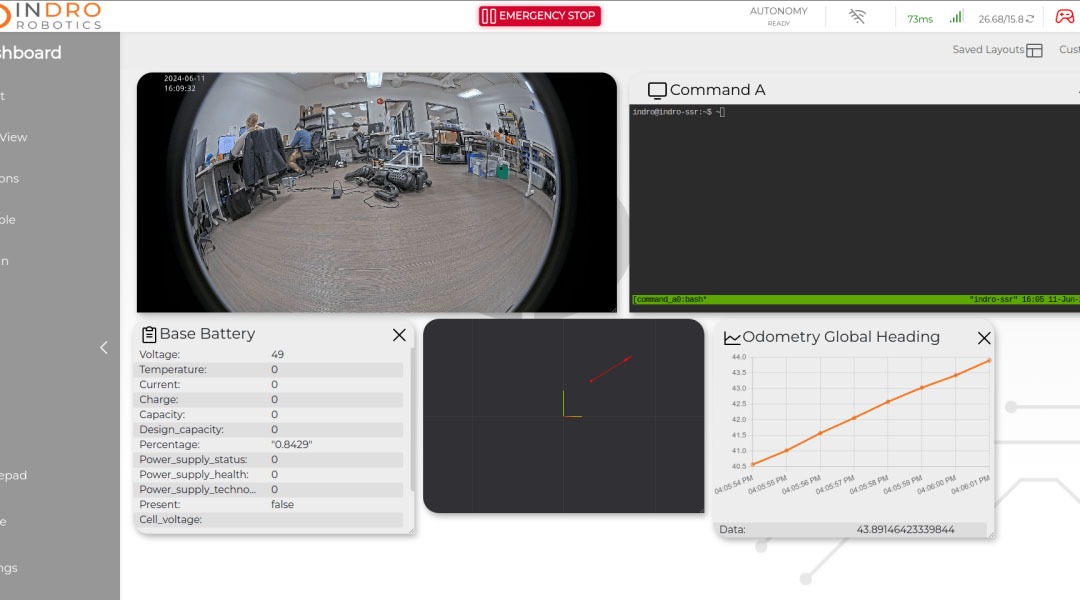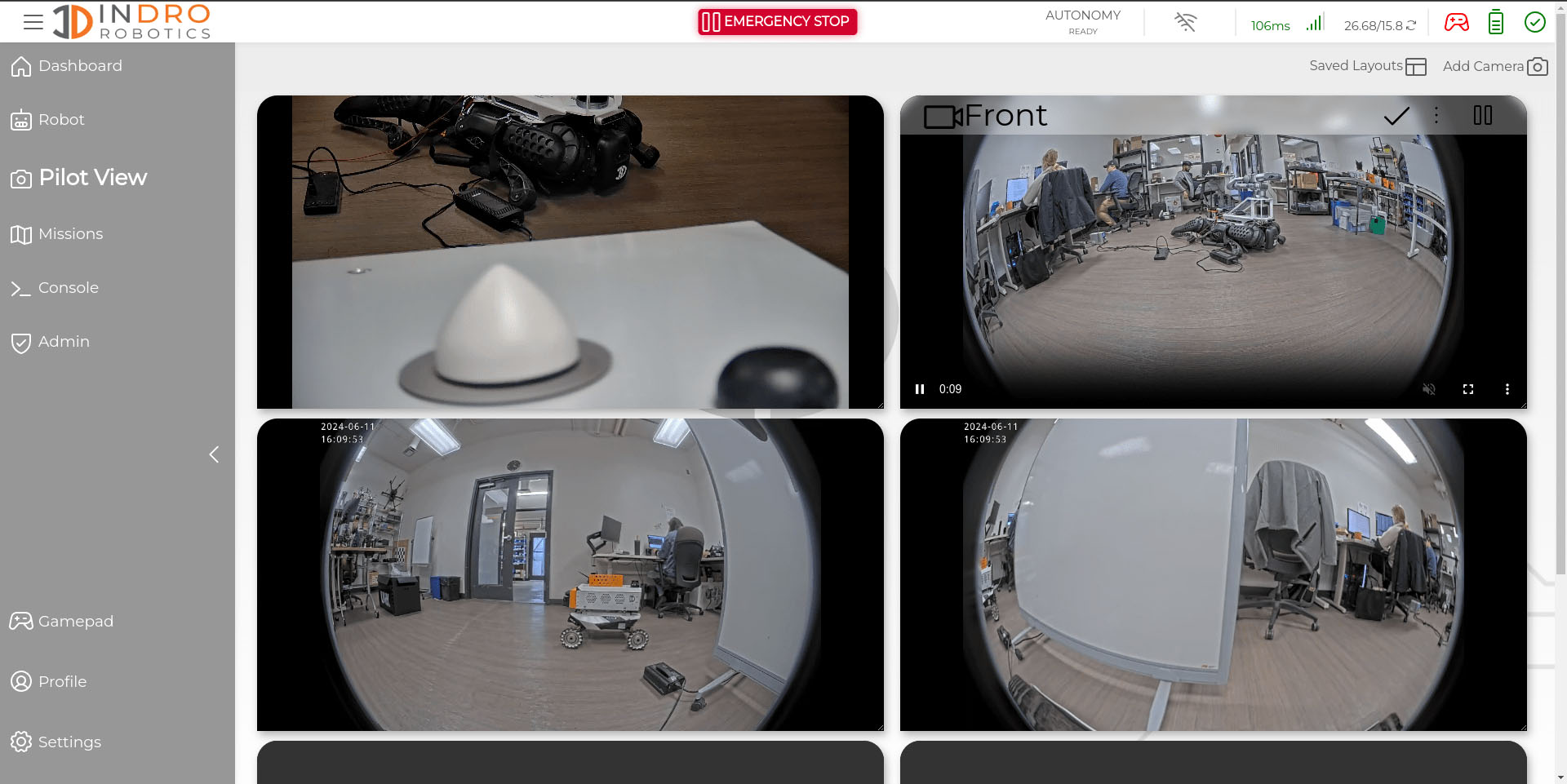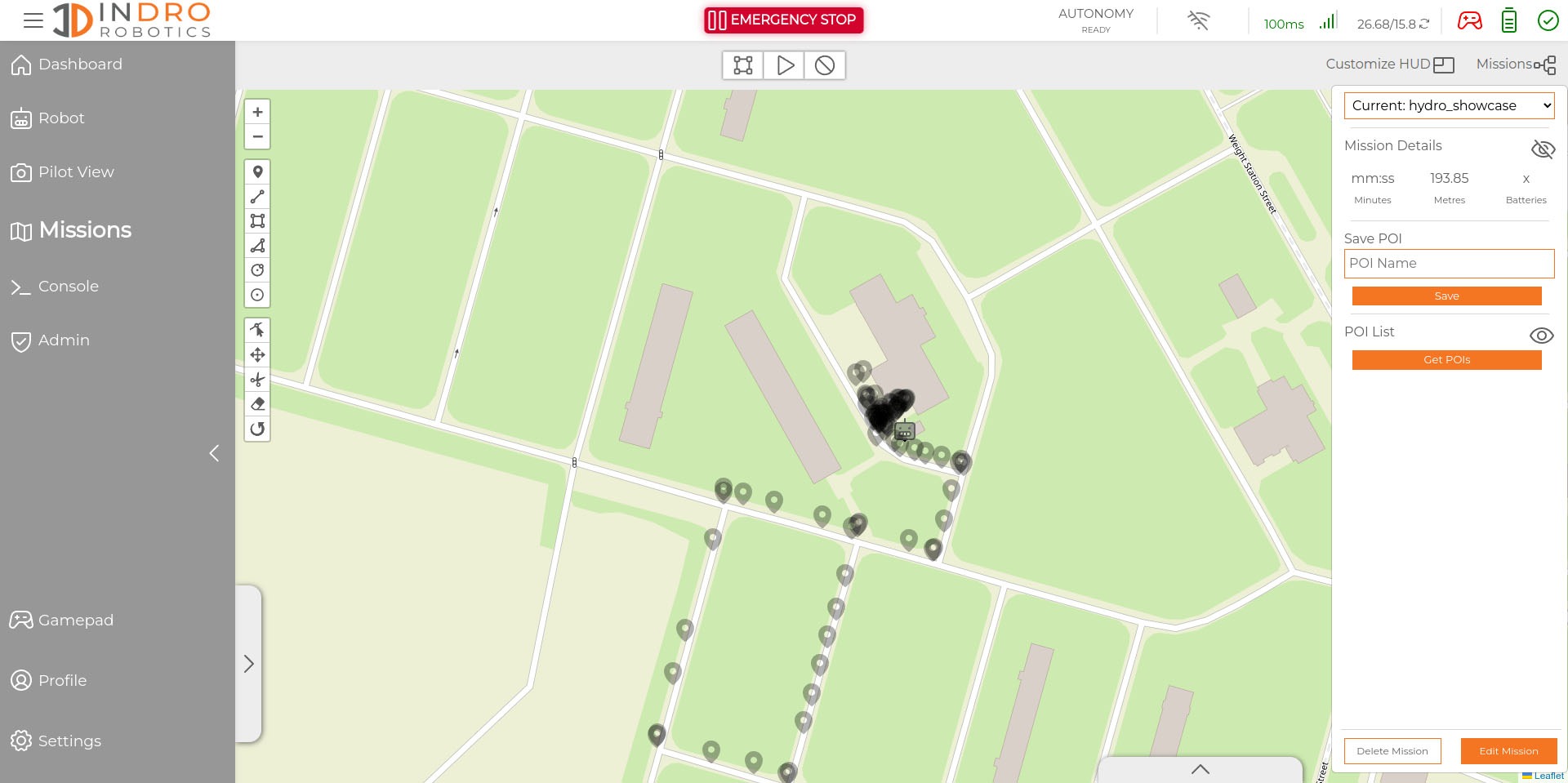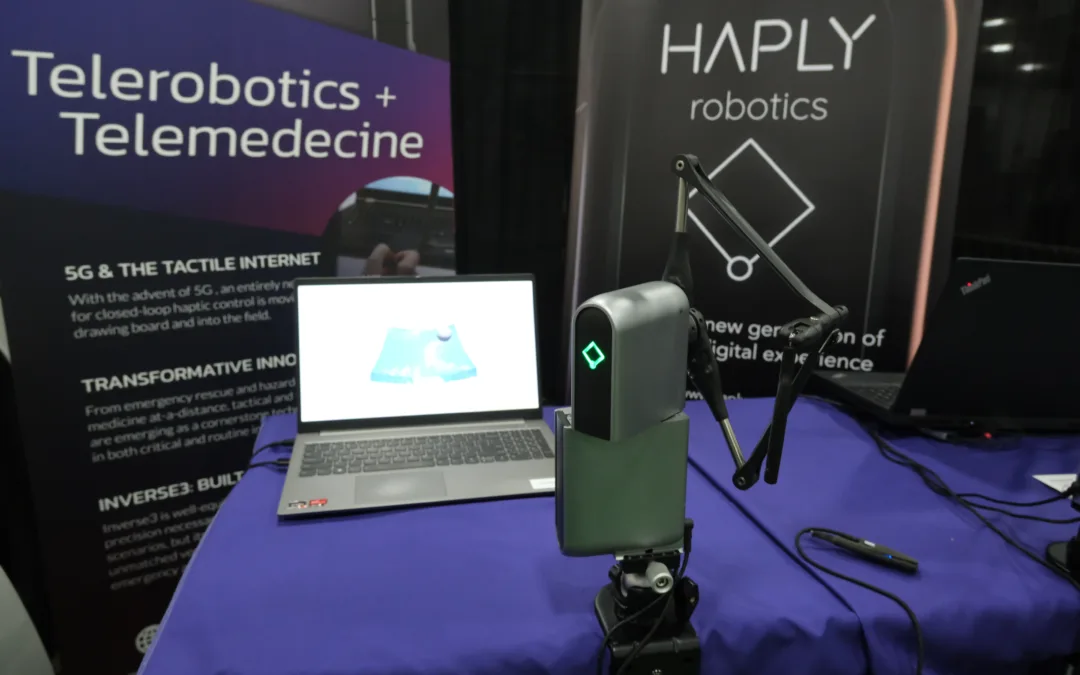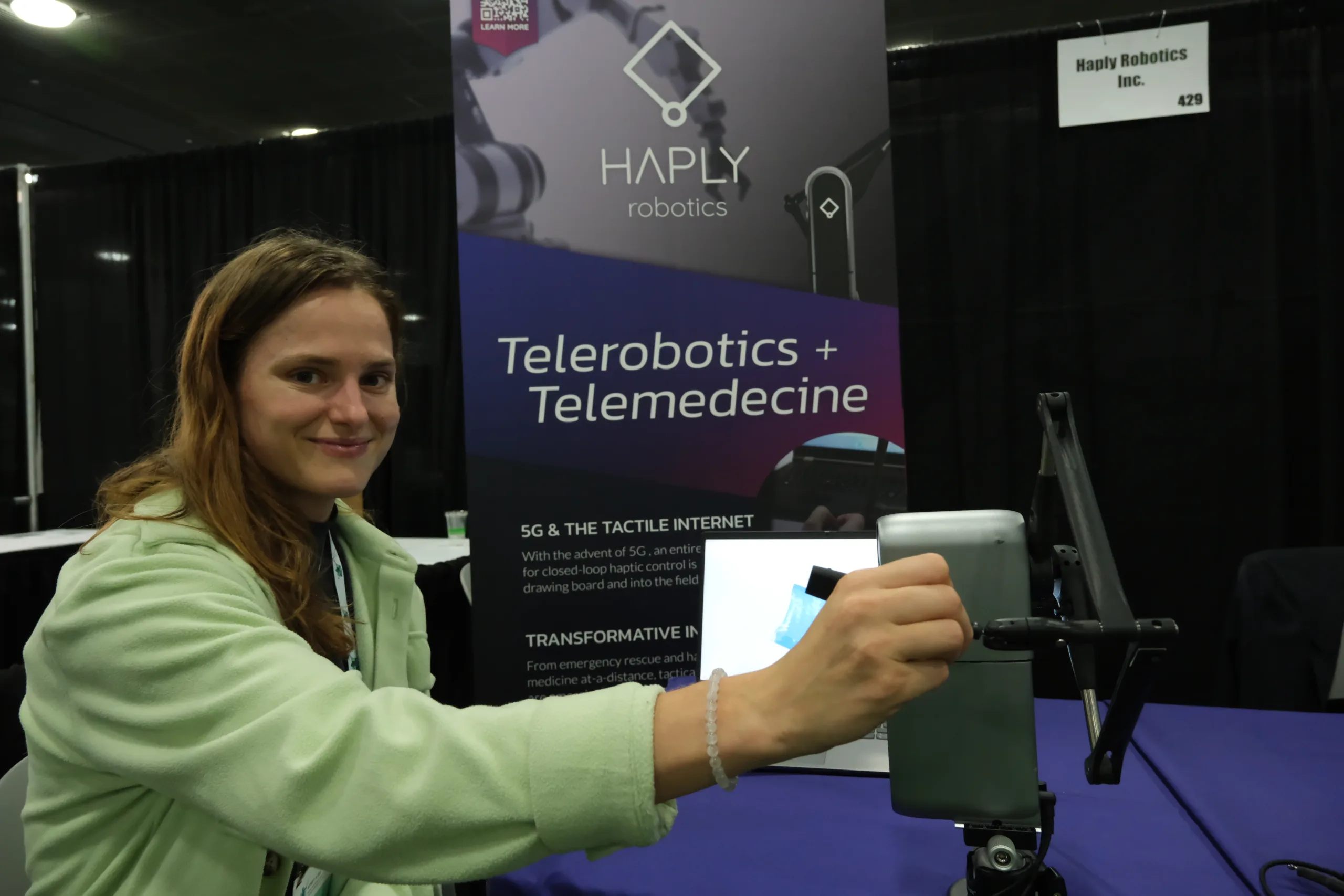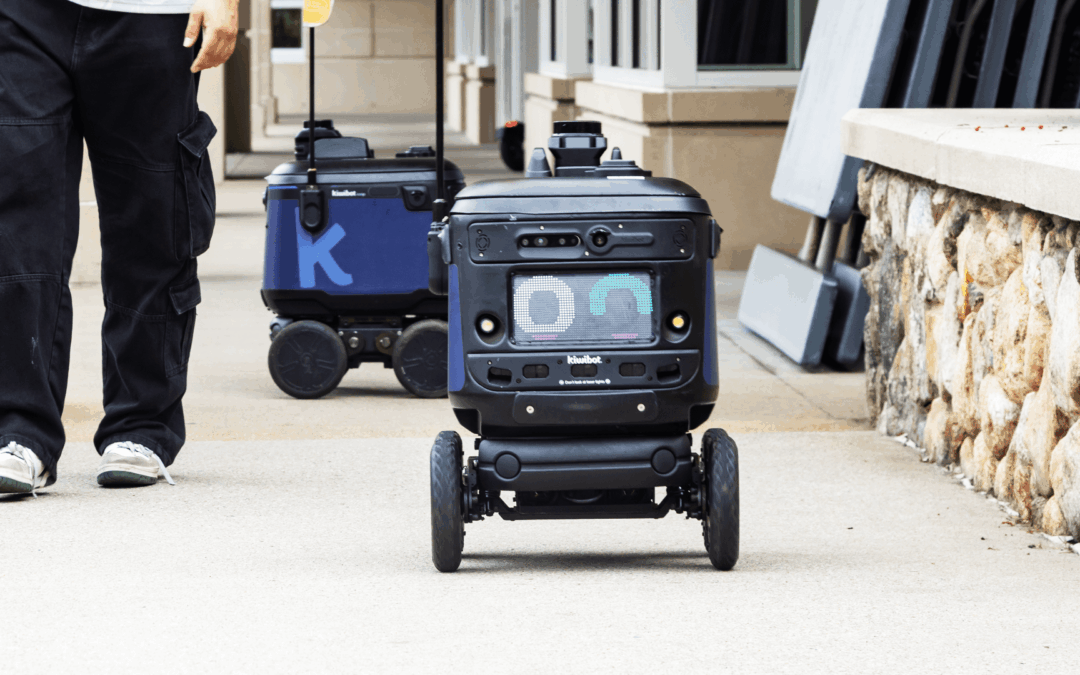
Kiwibot: A Level 4 Autonomy robotic solution for delivery, advertising – and more
By Scott Simmie
There’s been a quiet robotics revolution underway.
At some 20 campuses across the US – and elsewhere globally – small robots built by Kiwibot have been busy. Day and night, they carry out autonomous food deliveries for hungry students. Sometimes, those same robots are branded with advertising for special events and carry a logo or QR code rather than food.
“Clients are willing to pay to have the bots branded and have them appear at specific events,” explains Maria Valdez, a Business Developer with the company. “For example, for Amazon Web Services (AWS), we were in almost five different locations.”
With between 400 and 500 robots currently deployed, Kiwibot has made significant and impressive inroads toward a future where robotic delivery is likely to become ubiquitous. And the company has big plans going forward.
Below: A video showing a university Kiwibot deployment. The company has grown significantly during the three years since this was produced
THE BUSINESS CASE
It’s pretty easy to see the appeal for advertising. Robots aren’t yet common, so they catch people’s attention. The Kiwibot robots have also been designed to appear friendly or ‘cute’ to humans, so there’s immediate interest when one rolls up. Ad campaigns also tend to be brief and don’t require a long-term financial commitment.
When it comes to delivery, that’s a different scenario. While robots may well have a cool factor, businesses always take a hard look at the bottom line. So Kiwibot needs to deliver not only food – but also a return on investment. Here, the company says it has consistently demonstrated significant savings when compared with using human couriers.
That’s proven to be enough incentive for Kiwibots to be deployed on more than 20 university campuses so far in the US, with more to come. Kiwibot has partnered with a global food services company on these campuses.
“The students use an app and order food directly from campus restaurants run by this company – or from any other restaurants that partner with this food services firm,” explains Business Developer Valdez. “One of our technicians takes the food and loads the bot. The bot then navigates autonomously from Point A to multiple points to deliver the packages.”
In addition to the cost savings, data shows Kiwibot delivery is faster than having a human carry out the task – meaning customers receive their food as quickly as possible.
EXPANSION
.
Though Kiwibot has an impressive track record with US university campuses, it also has broader ambitions. The company is expanding and pursuing other global partnerships.
One such partnership is in Canada with Real Life Robotics, where together they are running an urban pilot program for food delivery with Skip. In this pilot, robots are roaming the streets of Markham, Ontario (and generating a lot of buzz).
Kiwibot has also formed a strategic alignments with a major warehouse automation and last-mile delivery firm, where it is deploying its larger capacity Cargobot (designed for moving cargo) on a 24/7 basis. In addition, Kiwibot has deployments in multiple locations in the tech-heavy Middle East.
But the biggest plans have yet to be fully unveiled. Kiwibot is transitioning to Robot.com – with plans for an official launch this summer. Full details are being kept under wraps at the moment, but the home splash page looks pretty intriguing.
Kiwibot has also been promoting a leasing model, where you can rent a robot – in the case of advertising – for as little as two hours. The company leases three different bots: Kiwibot Leap (for food and small package delivery), Kiwibot for Advertising (where branding is applied), and the company’s Cargobot for warehouses and factories.
All robots function autonomously, though a human being is always monitoring their progress and can take over if necessary at places like crowded crosswalks. What’s more, the Kiwibot Leap is capable of scanning walkways for anomalies while it carries out deliveries. If it spots something amiss, like a large crack or pothole etc., it can flag the location and capture an image of the anomaly. That data can then be shared with the university (or municipality) so that maintenance can rectify the problem.
Below: Fresh food, freshly delivered, via Kiwibot
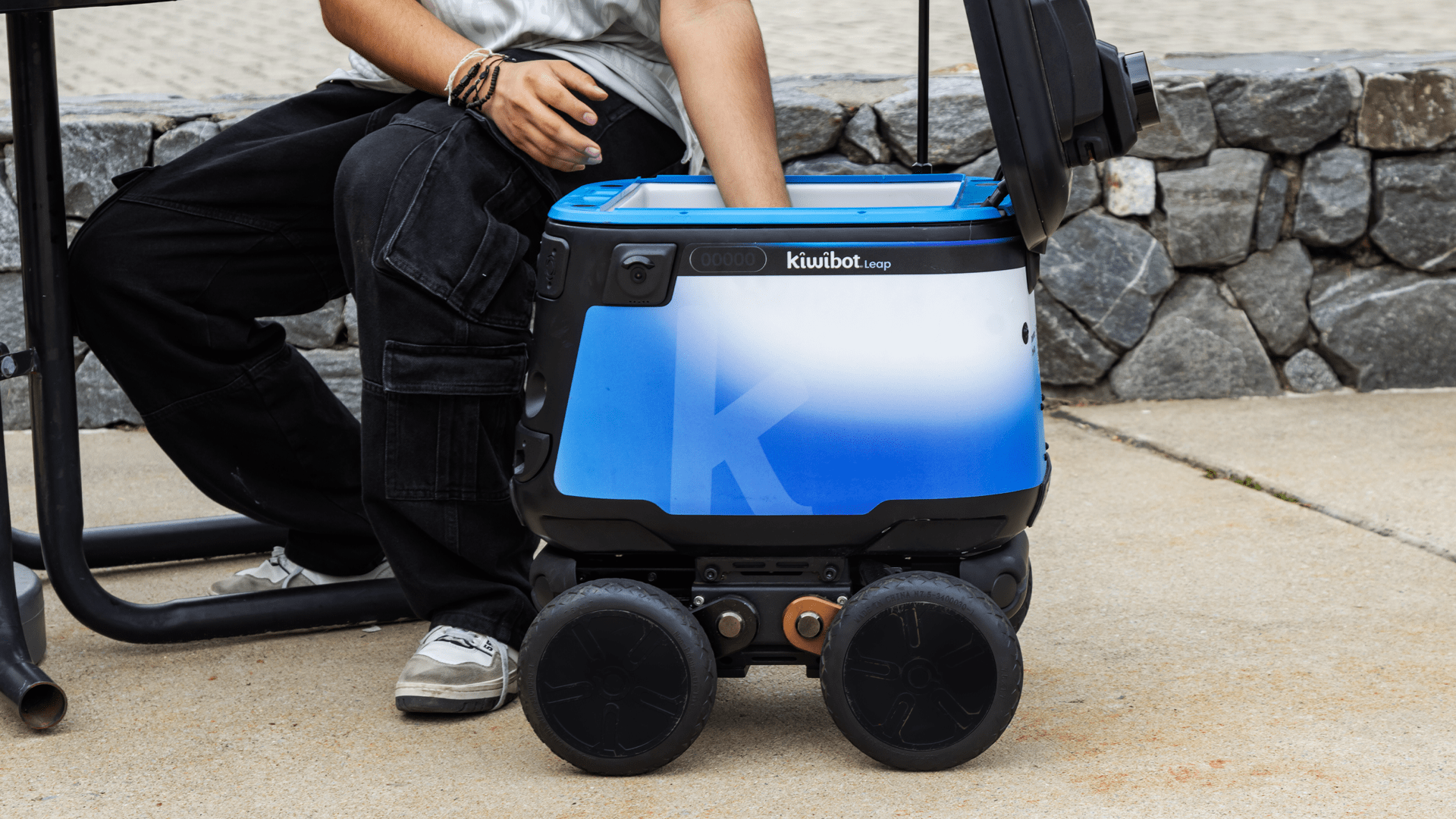
INDRO’S TAKE
We’re impressed with Kiwibot. The company has been executing on its strategic vision and appears to have a solid growth trajectory. Its platforms are technologically solid with Level 4 autonomy and have been designed to blend into our human world.
“Getting robots from the R&D stage into real-world applications – particularly applications in the public space – isn’t easy,” says InDro Founder and CEO Philip Reece. “Getting more than 400 robots out and running on a daily basis is no small task, and Kiwibot is poised to be a major contender – if not a leader – in the robotic delivery and advertising space. We are thrilled to see the partnership with Real Life Robotics and hope to see that expand in future.”
We’ll be keeping an eye on Kiwibot, and will update when Robots.com is officially launched.

